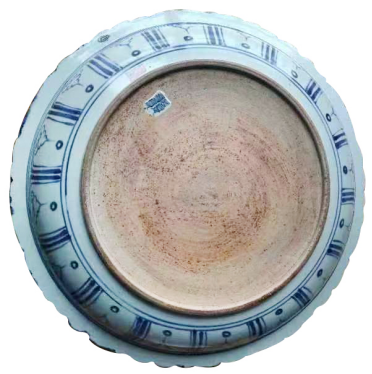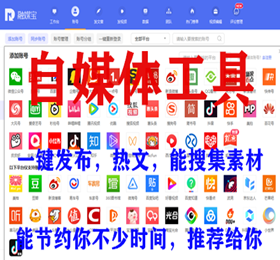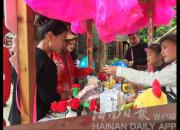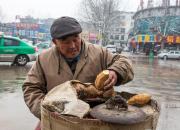元代八思巴文青花瑞兽盘
八思巴文款,元代瓷器款识。八思巴文是一种拼音文字,因它的创始人是元代忽必烈的国师、喇嘛教高僧八思巴而得名。忽必烈统一中原后,命八思巴订官方通用文字,八思巴便以藏文文字为基础,运用汉语的语法,创造出一套拼音文字。它类似汉语拼音,既有声母,又有韵母,韵母分韵头、韵腹、韵尾。运用这种拼音文字,既可以拼写汉语,又可以拼写蒙语、藏语、维吾尔语等6种民族语言。八思巴文从1269年颁布到元朝末年,共用了100年左右,因此八思巴文是元代瓷器明显的时代标志。应引起注意的是,明正德官窑青花瓷器亦有在外底以青花料书写八思巴文的,其原因,一般认为与当时帝王同蒙藏上层僧侣往来密切有关。
Bastba script mark, Yuan dynasty porcelain mark.Bashi Ba Wen is a kind of pinyin script, because its founder is the Yuan Dynasty Kublai Lie's master of state, Lamaism monk Bashi Ba and so named.Kublai Lie unified the central plains, ordered eight Siba order official common script, eight Siba will be based on the Tibetan script, the use of Chinese grammar, to create a set of pinyin writing.It is similar to hanyu pinyin, both sound and rhyme, rhyme, rhyme head, rhyme belly, rhyme end.Using this pinyin script, it is possible to spell both Chinese and six ethnic languages such as Mongolian, Tibetan and Uyghur.Eight Siba text from 1269 to the end of the yuan dynasty, a total of about 100 years, so eight Siba text is the yuan dynasty porcelain obvious signs of the times.It should be noted that the Ming Zhengde official kiln celadon porcelain also has the bottom of the celadon material written in the eight Siba, the reason, generally believed to be closely related to the emperor with the monks in the upper layers of monks in Mongolia and Tibet at that time.
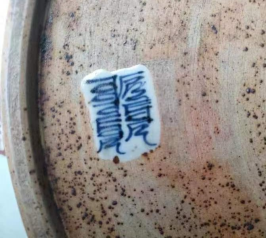

元青花瓷(又称元青花),即元代生产的青花瓷器。青花瓷生产于唐代,兴盛于元代。成熟的青花瓷出现在元代的景德镇,纹饰最大特点是构图丰满,层次多而不乱。
Yuan blue and white porcelain (also known as Yuan Qinghua), i.e. blue and white porcelain produced during the Yuan Dynasty.Blue and white porcelain was produced in the Tang Dynasty and flourished in the Yuan Dynasty.Mature blue and white porcelain appeared in Jingdezhen during the Yuan Dynasty, and the most important feature of the decoration is that it is full of composition and has many layers without being messy.
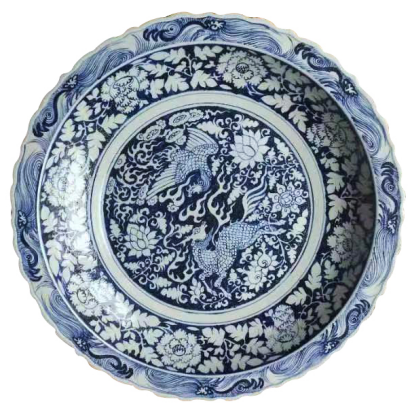
元青花最突出的特点是气势宏大、饱满雄健,从器物造型到装饰都有一种阳刚之美,其独特的品类、造型、纹饰具有浓郁的时代特征,体现了元瓷工艺从原料、制作、绘画到烧成的稀有程度。”元代瓷器市场以大件青花瓷器最为名贵,有越大越精之趋向,在市场上,元代青花瓷器的价格多以造型,纹饰的发色以及画工品相等作为决定价格的主要因素。与后代青花瓷器相比,元青花的绘画笔法最令人震撼。它挥洒自如,有时锋芒太露、不究细节,一笔点化往往越出边线。尤其是纹饰绘画,运笔急速,但求神似。但其沉着痛快、爽利劲健却为后世青花远远不及。
Yuan blue and white most prominent feature is the grandeur, full and majestic, from the shape of the object to the decoration have a masculine beauty, its unique category, modeling, decoration with a strong period characteristics, reflecting the Yuan porcelain craft from raw materials, production, painting to the degree of rarity of the firing."Yuan dynasty porcelain market to large pieces of blue and white porcelain is the most expensive, there is a tendency of the larger the more refined, in the market, the yuan dynasty blue and white porcelain prices are mostly styling, decoration of the hair color and the painting work of the quality of the phase and so on as the main factor in determining the price.Compared with later generations of blue and white porcelain, Yuan blue and white painting brushwork is the most striking.It is volatile, sometimes too sharp, do not study the details, a stroke of pointing often crosses the border.Especially the decoration painting, brush strokes quickly, but seek god-like.But its composure and painstaking, crisp and robust but for the later generation of blue and white far less.
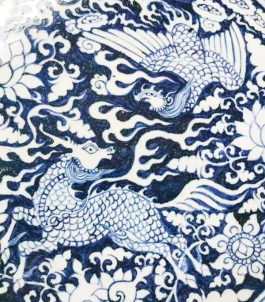
此件元代八思巴文青花瑞兽盘侈口,浅壁弧形,矮圈足。胎质洁白细致,足内不施釉,为细砂底。 内外施白釉,釉层莹润。青花色调青中偏灰黑,深沉幽雅。 内壁绘青花缠枝花卉纹,盘中间绘以瑞兽纹,以细弦纹分隔,纹饰花繁叶茂,工笔细腻,婉转流畅。胎底旋痕明显,为一件不可多得元青花瓷器精品。
This is a Yuan dynasty blue and white beast dish with a wide mouth, shallow curved walls and a short footrim.The tire is white and meticulous, the foot is not glazed, for the fine sand bottom. Inside and outside the white glaze, glaze layer glistening.The blue and white color tone green in gray and black, deep and elegant. The inner wall is painted with blue and white twining flowers, and the center of the plate is painted with a mythical beast pattern, separated by a fine string pattern, and decorated with flowers and leaves, and the workmanship is delicate and smooth.The bottom of the tire spin marks obvious, for a rare yuan blue and white porcelain fine.
